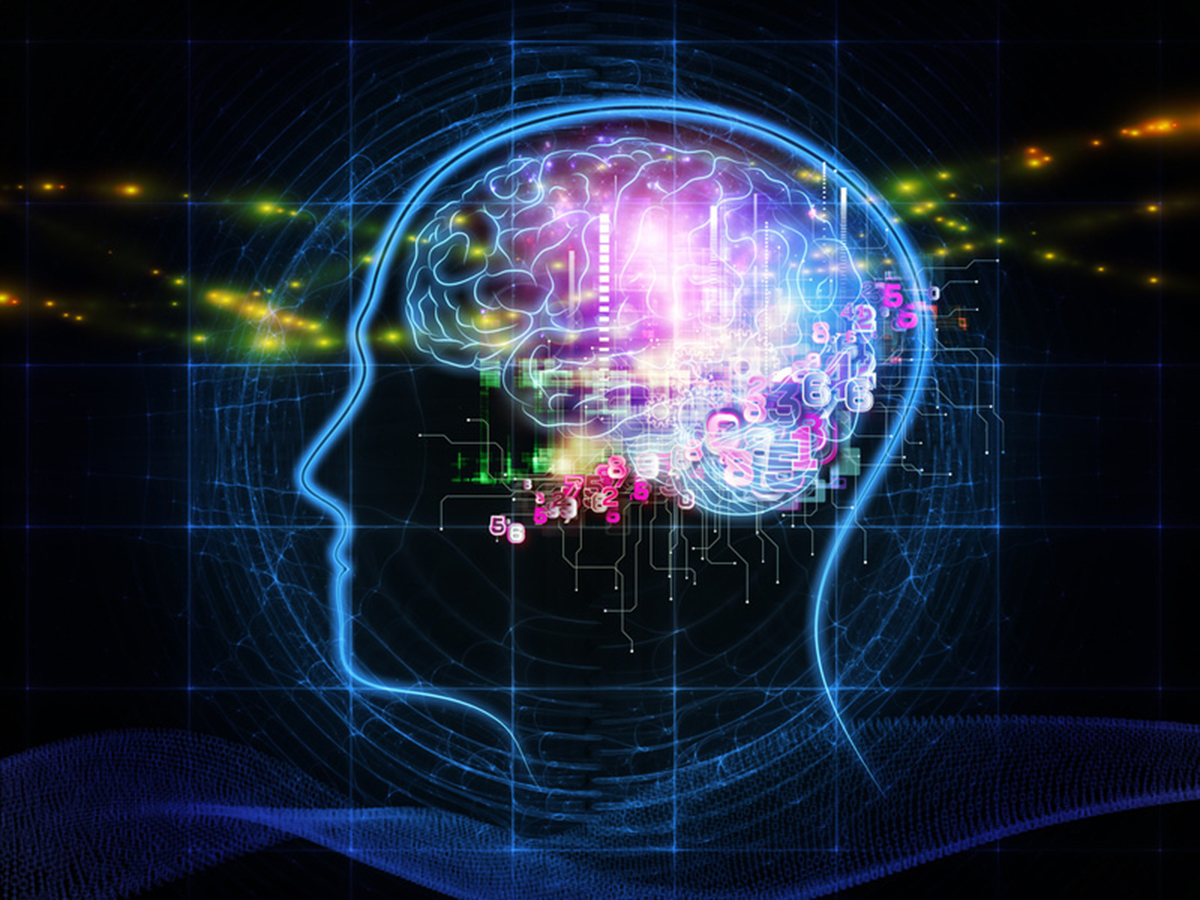The key to beating Alzheimer's may be as simple as exposure to a flickering light.
Right now, evidence for this new method of breaking down the tangled tau proteins that strangle neurons is limited to laboratory experiments with mice, but because of the ease, low cost, and safety of this form of light therapy, clinical trials that fight senile dementia could be quickly on the way.
An Unexpected Tool for Fighting Senile Dementia
This good news about treating the amyloid proteins that form brain plaques comes from the laboratory of Dr. Ed Boyden at the Massachusetts Institute of Technology. Dr. Boyden and his team exposed mice to a light flickering 40 times a second. The visual centers of the mice's brains processed this 40 Hertz signal by oscillating together. The newly synchronized cells generated gamma waves, which are created at lower levels in various neurological conditions.

What's a brain wave? Your brain is made up of about 10 billion cells called neurons. These neurons use electricity to send messages to each other. Millions of cells firing at the same time create a "wave" of energy that can be detecting by electroencephalography, or EEG. A gamma wave is the highest frequency brain wave, usually oscillating 20 to 50 times a second.
Amyloid proteins form tangles that interfere with the ability of neurons to fire to send a signal to their neighbors. Eventually amyloid proteins accumulate and the neuron dies. When enough neurons die, the resulting damage to the brain causes Alzheimer's. (Not absolutely every case of amyloid accumulation causes Alzheimer's and not absolutely every case of Alzheimer's involves amyloid plaques, but most do.)
Boyden's Light Therapy Fights Alzheimer's in Two Different Ways
Some of the drugs used to treat Alzheimer's disease target the production of the beta-amyloid plaques that "strangle" brain cells. These drugs are successful in the sense that they break down the protein, but they are mostly a failure in that the patients who are treated with them do not recover their intellectual abilities.
Some scientists believe that the failure of these drugs indicates that the real problem in Alzheimer's disease is the creation of tau proteins inside neurons.In Boyden's experiments, flickering light therapy reduces both beta-amyloid plaques and tau proteins. This kind of light therapy may tackle both of the kinds of protein degradation that cause senile dementia. There is, however, a catch in Boyden's research findings.
To date, research only shows that this kind of light therapy restores neuron health in the visual cortex, the part of the brain that processes visual information. Boyden has not yet found a way to target the hippocampus, the part of the brain that forms and retrieves short-term memories.
However, there are other methods in development that stimulate gamma wave entrainment in the brain as a whole.
Is There a Way to Use Light Therapy or Other Simple Methods in Treating Alzheimer's Now?
Flickering light therapy for Alzheimer's treatment will be tested in the near future, but what kinds of similarly inexpensive, non-invasive, side effects-free methods of treating Alzheimer's are available right now? Here are some possibilities worthy of consideration:
- Sticky brain proteins like beta-amyloid may be part of the brain's defenses against infection. Nearly 50 studies show evidence that the acne antibiotic minocycline protects the brain against similar changes after traumatic brain injury. There are doctors who give minocycline to their Alzheimer's patients, although there are people who should not receive it.
- The anti-cholesterol drug simvastatin (Zocor) stimulates a gene called klotho in the hippocampus, the part of the brain that makes and retrieves short-term memories. There are also doctors who give their Alzheimer's patients Zocor to slow down loss of memory, although there are also people who should not be given this drug.
- The tangled proteins that damage the brain in Alzheimer's may be triggered by infections with Chlamydia or herpes. Treating these chronic infections may also preserve the brain.

And there are specific applications of other kinds of light therapy that show promise in Alzheimer's disease:
- Bright light therapy and blue light therapy administered in the morning can help Alzheimer's patients deal with sleep disturbances, and treating the sleep disturbance may slow down the progress of the disease. A "light box" like that used for seasonal affective disorder (SAD) during the winter can be used year-round for treating Alzheimer's. It is also important to limit the use of caffeine, especially at night, and to avoid afternoon naps so the Alzheimer's patient can establish a more nearly normal nighttime sleeping schedule. Melatonin taken just before bedtime not only assists in falling asleep, it also helps reduce the formation of tangled protein plaques in the brain.
- "Red" and near-infrared light seem to stimulate the parts of the brain responsible for spatial learning and cognition in mice that have the equivalent of a form of Alzheimer's. It is not necessary to shine the light on the head. Shining near-infrared light on other parts of the body also worked. A small fraction of the power of the light can enter the brain even through scalp and skull; no cutting is necessary or helpful. More light enters the brain when the light source (which does not need to be especially bright) is closer to the head. It could be worth the relatively small investment in a red-light lamp like those usually used for acne to try on a patient who has early symptoms of Alzheimer's. A "brain cap" is a better option, but you almost certainly will have to contact a naturopathic doctor to obtain one.
- Laser acupuncture, stimulating acupuncture sites with low-power laser light rather than with needles, is sometimes used in treating Alzheimer's. You need to see an acupuncturist or a doctor who has been trained in acupuncture. This is not a do-it-yourself procedure, and it does not work well for people with Alzheimer's who are agitated.
- Hamblin MR. Shining light on the head: Photobiomodulation for brain disorders. BBA Clin. 2016 Oct 1. 6:113-124. Review. PMID: 27752476.
- Iaccarino HF, Singer AC, Martorell AJ, Rudenko A, Gao F, Gillingham TZ, Mathys H, Seo J, Kritskiy O, Abdurrob F, Adaikkan C, Canter RG, Rueda R, Brown EN, Boyden ES, Tsai LH. Gamma frequency entrainment attenuates amyloid load and modifies microglia. Nature. 2016 Dec 7. 540(7632):230-235. doi: 10.1038/nature20587. PMID: 27929004.
- Photo courtesy of healthblog: www.flickr.com/photos/healthblog/8384110298/
- Photo courtesy of healthblog: www.flickr.com/photos/healthblog/8384110298/
- Photo courtesy of Omer Unlu: www.flickr.com/photos/55293400@N07/16701843727/

